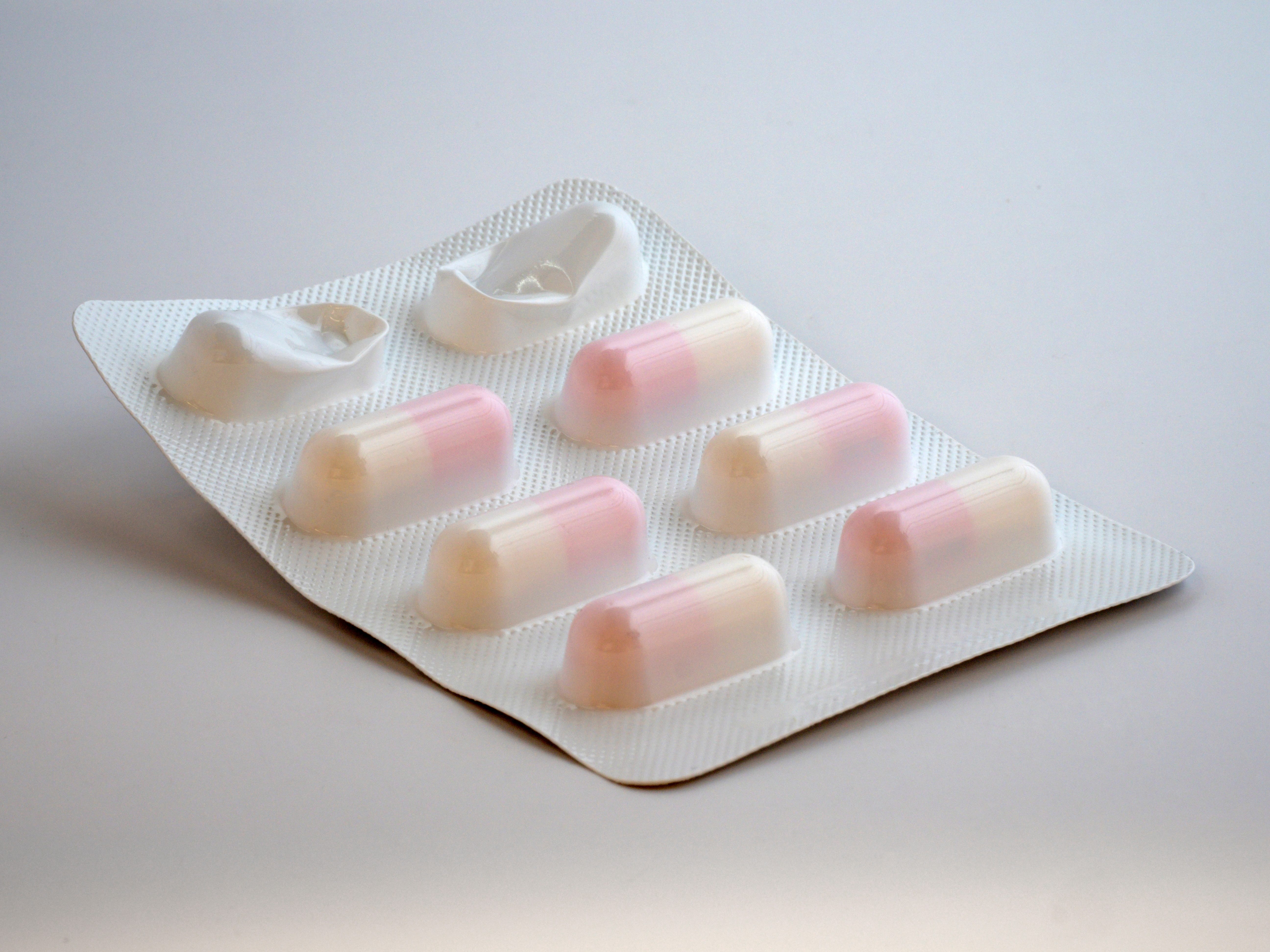There is little point in formulating more user-friendly dosage forms if the packaging is difficult to open and does not easily integrate into consumers’ daily lives.
Packaging technology has become a separate subject in pharmaceutical sciences due to its vital applications in preserving therapeutic efficacy of drugs. The subject was less understood earlier due to non-availability of complete information. But, at present, many packaging companies pay great attention to each requirement and regulation while producing medicinal aluminum tubes, ointment tubes, plastic tubes, plastic packaging for tablets, etc.
The pharmaceutical industry is recognizing patients who face difficulties taking conventional tablets, and is responding with products that are easier to swallow and more convenient to take. Also can be suggested alternative oral dosage forms, such as orally disintegrating granules, instant drinks, and chewable and effervescent tablets which are becoming more popular with consumers. But, there is little point in formulating more user-friendly dosage forms if the packaging is difficult to open and does not easily integrate into consumers’ daily lives.

There is a wide variety of user-friendly primary and secondary packaging options in packaging design, materials, and technologies so that today they can choose easily. Most importantly, the packaging must fulfill its primary purpose – to protect the medicine it contains. However, beyond this is a wealth of other considerations. The design is also important; for example, it should be more convenient to open for elderly people and needs to be carefully balanced with child-resistant mechanisms. So, what are the key packaging considerations for pharmaceutical packaging companies when bringing a user-friendly dosage form to market?
Product Protection
One of the most important functions when packaging the products is to shield them from external damaging effects. Many formulations become unstable when exposed to air, moisture, or light, and therefore protection from these factors is necessary to be sure that these medicines remain effective and safe.
Stick packs can be made from laminated PET aluminum foil or laminated aluminum paper foil. Sachets and stick packs can be manufactured with or without tear notches for easy opening. Foil pouches or tubes are the ideal packaging solution for lozenges and chewable tablets. Foil strips or pouches can be made from laminated aluminum paper foil. At the same time, tubes can be produced from aluminum. Aluminum tubes are the best option for protecting against light and moisture. Aluminum tubes offer sufficient protection against these two factors for most products and are also a more cost-effective option.
In case of reacting vigorously with water, effervescent tablets protection from moisture is very important. This kind of tubes has big range of features to protect their contents from humidity. At the same time, manufacturing from materials that prevent moisture, tube stoppers usually include silica gel or molecular sieves, which will help to exhaust the humidity that can be introduced into tubes after repeated opening and removal of tablets.


Join the conversation!